Do you think your indoor cat is safe from fleas? Think again! Indoor cats, despite their cozy lifestyle, aren’t immune to those pesky parasites. Fleas can sneak into your home in the most unexpected ways, leaving your feline friend itchy and uncomfortable.
So, how does it happen? Keep reading to find out the most common ways indoor cats get fleas, and how to protect your pet.
- Dogs and other pets can bring fleas into the home, affecting indoor cats.
- Humans can carry fleas indoors on clothing or shoes.
- Used furniture may harbor fleas that can infest indoor environments.
- Rodents and wildlife are common carriers of fleas into homes.
The information provided herein is for informational purposes only. Please refer to our disclaimer for more details..
7 Ways Indoor Cats Get Fleas
Even if your cat never sets a paw outside, they’re unfortunately still at risk for flea infestations. Here are the most common ways indoor cats can get fleas:
1. Other Pets in the Household
Even the most pampered indoor cat isn’t totally safe from fleas. Perhaps the most common way fleas invade your home is by hitchhiking on another pet, especially dogs. Dogs love exploring the outdoors, where they can easily become a flea taxi.
Even if your dog is on a flea preventive, some products only kill adult fleas rather than entirely repelling them – meaning they could still bring fleas into your home. Fleas can then jump from the dog to your cat before the medication has a chance to fully work.
Prevention: Year-round, veterinarian-recommended flea treatment is essential for all pets in your home, whether they spend time outdoors or not.
2. Hitchhiking on Humans
While humans aren’t a flea’s preferred host, we can certainly give them an inadvertent lift into our homes.
If you’ve spent time outdoors, have visited someone else’s pet-friendly home, or work in an environment where animals are present (like a vet clinic or shelter), you might unknowingly carry fleas and flea eggs on your clothes or shoes. Fleas are tiny but powerful skilled jumpers and can easily transfer from you to your unsuspecting indoor cat.
Prevention: You can help minimize this risk by removing shoes when entering your house and washing any clothes that might have been exposed to fleas. If you’ve been around an animal with a known flea issue, consider showering and changing clothes before interacting with your cat.
If you think your cat has fleas, give them a quick inspection, especially in areas behind the head, along the back by the tail, and the belly. You’re not always going to see fleas themselves, but you might see “flea dirt”, which are small black specks of their excrement.
3. Used Furniture or Previously Infested Environments
We all love finding a bargain, but sometimes used furniture, rugs, or blankets can come with unwanted passengers – fleas. If the previous owner had pets with a flea infestation, the flea life cycle (eggs, larvae, pupae) could be lurking deep within the fibers of these items.
Even if you don’t see adult fleas, immature flea stages might be waiting for the right conditions and a new host (like your cat) to develop, causing an infestation in your carefully curated home.
Prevention: When bringing pre-owned items into your home, it’s wise to give them a thorough cleaning and inspection, especially if those items are soft and cozy.
Wash fabrics on the highest temperature setting safe for the material, and steam clean where possible. If in doubt, consider consulting a professional cleaning service. Remember, an ounce of prevention is definitely worth a pound of cure when it comes to fleas.
4. Rodents and Wildlife
Fleas aren’t picky! Rodents, like mice and rats, are common flea hosts, sometimes unknowingly introducing an infestation into a home. These fleas then easily jump off their original host and onto your cat, or drop eggs into the environment that develop into more fleas.
And let’s not forget the wild animals that might frequent your area – opossums, raccoons, squirrels, and others – they can all carry fleas. While your cat may not directly encounter them, fleas or their eggs can be dropped in your yard where your cat might explore.
Prevention: Here’s where some proactive steps can make a huge difference. Make your home less appealing to rodents by keeping floors and countertops clean, sealing food in airtight containers, and addressing any gaps where they could enter.
Consider using humane traps and repellents if you have rodent issues. And since you can’t control your wild neighbors, staying up-to-date on your cat’s flea prevention becomes even more important.
5. Visitors and Guests
Even if your house is a pet-free zone, human visitors can unknowingly play the role of “flea taxis.” Perhaps they have pets at home with a flea problem, or visited another place with an infestation—fleas can easily hitch a ride on clothing or shoes.
If you have animal-loving friends or relatives stopping by, a change of clothes (provided by you) before snuggling up with your cat might help minimize the risk.
Prevention: Asking guests to leave shoes at the door and occasionally washing items like throw pillows and blankets that visitors have had contact with can be good preventative habits. A quick check of your cat after social visits is never a bad idea either, specifically looking for those telltale flea dirt specks.
6. Escapes and Openings
Even the most dedicated indoor cat sometimes yearns for a taste of the outdoors. They might slip out an open door, explore an unscreened window, or spend time on a supervised but unenclosed balcony.
Fleas are opportunists – if wildlife frequent your yard, or neighbor pets roam free, those little critters could be waiting for a chance to jump on your curious cat as they explore.
Prevention: The best prevention is to keep your cat safely indoors where they are less likely to encounter fleas in the first place. If supervised outdoor time is important for your cat’s well-being, staying up-to-date on those flea preventatives becomes even more important.
Thoroughly screening porches, windows, and other potential escape points is also essential. If your cat does slip out, a quick flea check once they’re back inside is always wise.
7. Groomers, Boarding Facilities & Veterinarian Visits
Sometimes, even with the best intentions, the very places we take our cats to keep them healthy and well-cared for can be potential sources of flea exposure.
Groomers, boarding facilities, and even your vet’s office are all places where your cat might encounter other animals, some of whom may have fleas. If meticulous hygiene and cleaning protocols aren’t followed between visiting pets, an unlucky cat could pick up some of those hitchhiking pests.
Prevention: Before choosing a groomer, boarding facility, or a new vet, ask about their cat flea prevention policies. Do they require proof of flea-preventative use?
Do they have strict cleaning procedures in place? Choosing facilities that prioritize pest control treatments to minimize your cat’s risk. Additionally, if your cat has a long-haired coat, a sanitary trim at the groomer can minimize places where fleas might hide.
Things to Keep In Mind To Get Rid of Fleas on Cats
- Flea Resilience: Flea eggs and pupae can remain dormant for months in environments like carpets or furniture, awaiting optimal conditions or a passing host to hatch. This makes vigilance important even if you haven’t seen a flea in a while.
- Thorough Checks: When checking your cat for fleas, pay special attention to areas like under the chin, armpits, groin, and the base of the tail – these are prime flea real estate! If you’re unsure, consider using a flea comb to sift through your cat’s fur. Even if you don’t find fleas themselves, their waste (flea dirt) might be evident.
- Transport: Always use a clean, secure carrier for transporting your cat. Wash it after each use to prevent any stray fleas from making it their home.
- Year-Round Protection: Fleas thrive in warm environments, but modern homes provide comfortable conditions year-round. Don’t fall for the misconception that you can skip preventative measures in colder months.
- All Pets Matter: Every dog and cat in your household needs to be on a vet-recommended preventative, even if some never go outside.
- Vet Recommendations: Never use flea prevention made for dogs on your cat or a formulation intended for a smaller cat on a larger one. Always follow your vet’s instructions carefully.
Prevention of Fleas and Ticks for Indoor Cats
We often make the mistake of thinking indoor cats are safe from fleas and ticks. However, as we’ve seen, these parasites find clever ways inside and can make even the coziest indoor cat miserable. Proactive prevention is essential not only for your cat’s comfort but also to protect your household.
Why Indoor Cats Need Prevention
- Health Risks: Fleas bite, causing relentless itching and sometimes even allergic reactions. In kittens or cats with compromised health, a severe infestation can lead to anemia. Fleas also carry diseases ( like bartonellosis, or cat scratch disease,) and parasites (like tapeworms) that can infect both cats and humans.
- Indoor Isn’t Foolproof: As we’ve discussed, fleas are crafty hitchhikers and can enter your home in various ways. Remember, pets in the home don’t need to go outdoors to pick up fleas. Even a single flea can lay dozens of eggs per day.
Best Prevention: Veterinarian-Prescribed Flea Treatment
Consulting your veterinarian is the absolute best way to protect your indoor cat. They understand your cat’s specific needs and can prescribe the safest and most effective flea product, which is the absolute best way to kill fleas and disrupt their life cycle. Common options include:
- Topical Solutions: These are applied directly to your cat’s skin, usually at the base of the neck. Some popular brands include Revolution, Revolution Plus, and Advantage Multi.
- Oral Medications: These come in chewable tablets, like Credelio, offering a convenient alternative to topical treatments.
- Collars: While flea collars are available, they are often less effective than other options, and some carry safety concerns.
Final Thoughts
Even the most pampered indoor cats aren’t immune to the perils of fleas. These pesky parasites can hitchhike into your home on other pets, visitors, or even yourself.
They can lurk in used furniture, or enter as unwanted guests if you’ve recently moved into a new space. Fleas might also sneak in via rodents, wildlife, or after your cat’s stay at a boarding facility or groomer.
The best defense is a good offense – year-round, veterinarian-prescribed flea prevention for all the furry family members. Alongside that, it’s important to regularly check your cat for signs of fleas and keep your home clean to minimize the risk of infestation.
Protecting your indoor cat from fleas isn’t just about their comfort – it’s a safeguard for their health and yours. By understanding the sneaky ways fleas find their way inside and taking proactive steps, you can keep your feline friend happy, healthy, and flea-free.
Have you ever dealt with a surprise flea infestation despite your cat being indoors? Tell us about your experience in the comments below
620views
Share on Facebook
 Dark Mode
Dark Mode 

 No fees, cancel anytime
No fees, cancel anytime 



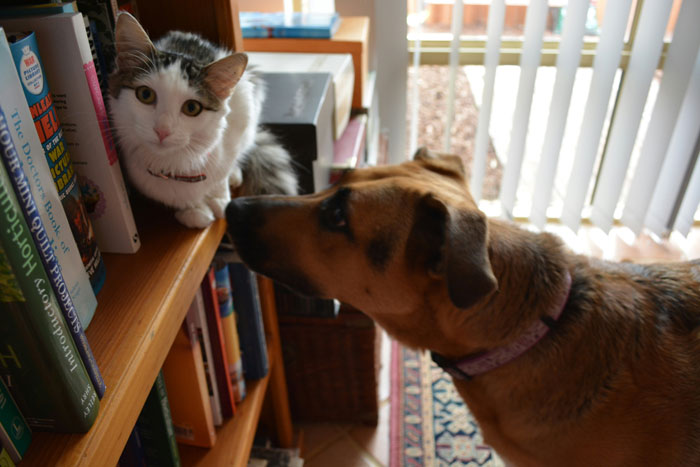 Image credits:
Image credits: 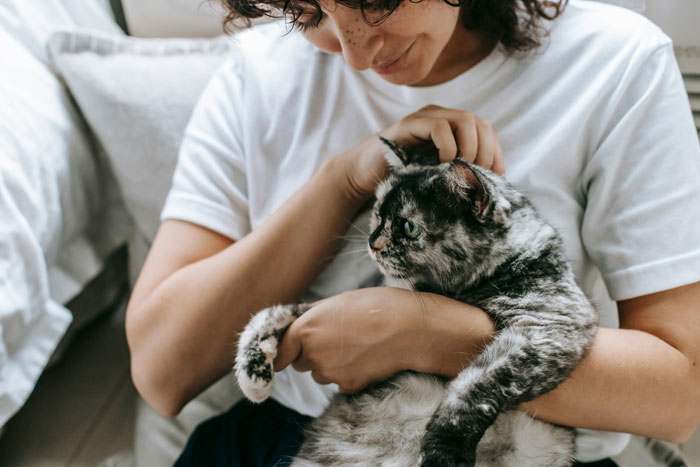 Image credits:
Image credits: 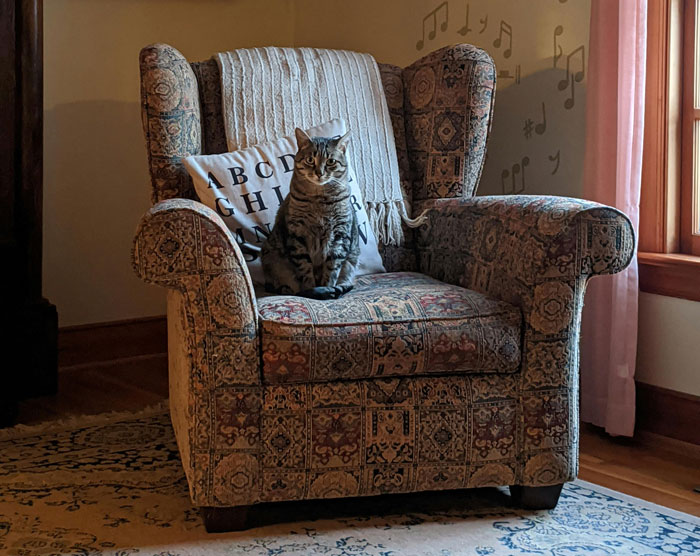 Image credits:
Image credits: 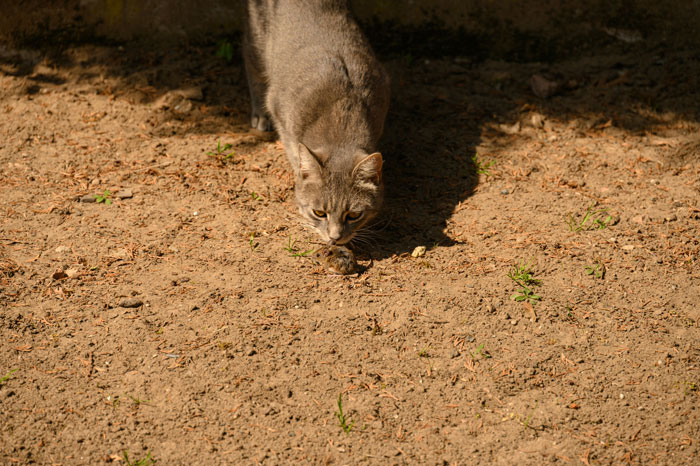 Image credits:
Image credits: 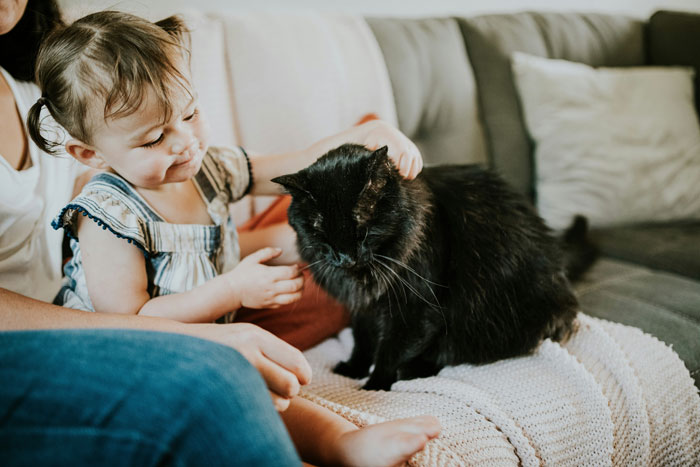 Image credits:
Image credits: 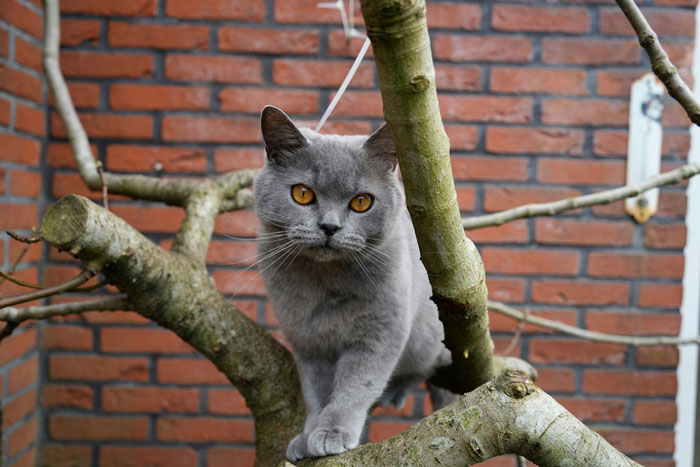 Image credits:
Image credits: 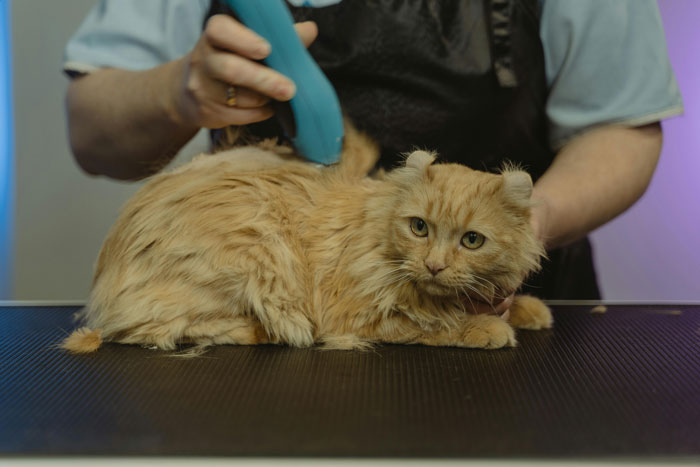 Image credits:
Image credits: 


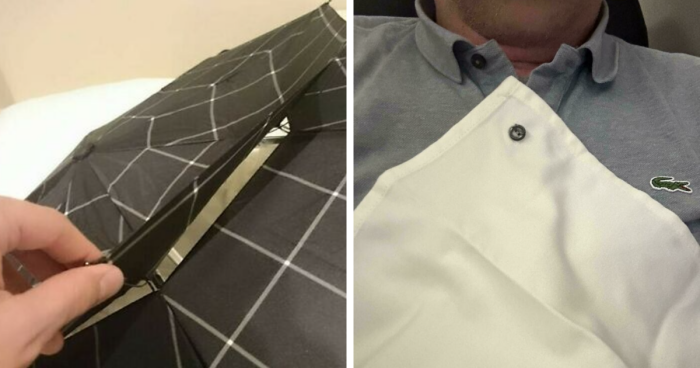


















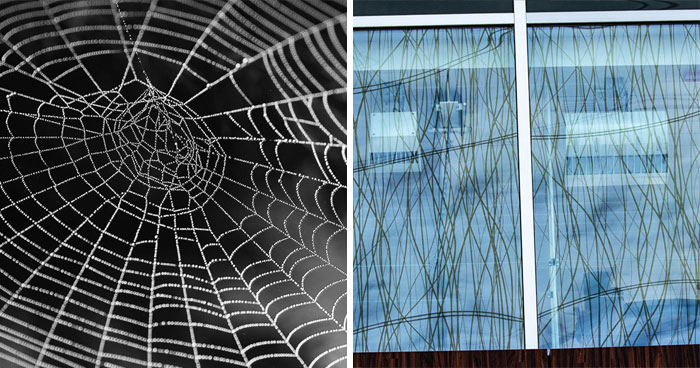
2
0